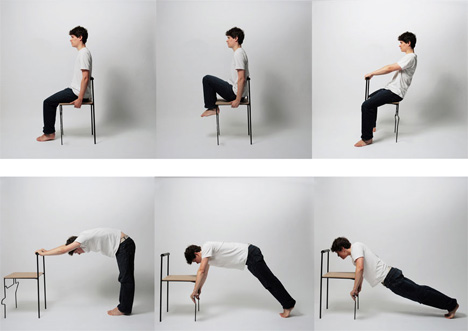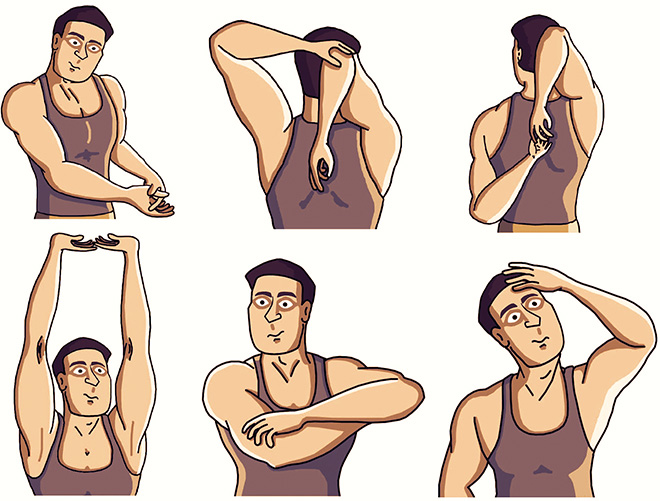Nowadays, working on a sitting position 6 to 8 hours or more is almost a standard in modern offices, this leads to a series of problems that in addition to lowering our working efficiency, can affect our health. In this opportunity we’ll take note of the experts advice and invite you to incorporate Active Breaks into your work routine.
What are labor active breaks?
Active breaks are often cataloged by some employees as a loss of time, however, they couldn’t be more wrong. Major studies have shown that performing a single activity without any active pause causes efficiency deterioration, and this obviously affects
performance and the results that companies and organizations expect from us.
Active breaks provide, through simple or complex stretching, the opportunity for our body to activate our mind again, and so not to suffer excessive stress, joint problems, and/or many new “diseases” of sedentary occupations, as working in an office.
In addition, active breaks are thought for those who spend much time at the computer, preventing their muscles from acquiring poor adequate postures and losing tonification, which results in a deterioration of health, life quality, and the results we can provide as a human team.
How much time is it acceptable for active breaks?
This is a very discussed topic, some people focus on 5 minutes every hour, others say 10 minutes every 45 minutes instead. In both thesis we find pros and cons that have to be conciliated to avoid affectation to our work, which would risk our job.
It’s important to do these active breaks at the most convenient moments, forcing ourselves to do them even with an alarm, so in a few days we have this habit added to our daily labor.
Advantages and Benefits of Active Breaks
Reloads people’s energy improving their alertness.
Affects positively the relationship with coworkers.
Prevent mental and musculoskeletal injuries such as stress or nerves.
Relaxes your body members more demanded at work.
Raises awareness of physical and mental health.
Breaks the routine and encourages its execution.
Prevents affections due to excessive exposure to the screen or monitor.
Common diseases at offices
Respiratory diseases
Injuries to the carpal tunnel.
Eye alterations.
Musculoskeletal injuries (due to physical demand).
Cardiovascular diseases.
Neurotic disorders.
Loss of hearing.
Skin alterations.
Negative mental energy.
What to do for active breaks?
The basic and fundamental is stretching our body. This depends in part, and a lot, of our physical condition and our habitual exercise activity.
The following are some of the most basic and simple examples, which undoubtedly will bring a significant improvement to your work day.
Exercises with a common chair
Here some examples with a simple chair, if our working environment lets us.
Other exercises we may apply
We close this note inviting you to be part of the solution, share this information in your offices, and so generate policies that will benefit both the employer, and those who work sitting every day… Just as ZARZA Engineers spend most of their time.
 ZARZA We are Zarza, the prestigious firm behind major projects in information technology.
ZARZA We are Zarza, the prestigious firm behind major projects in information technology.


